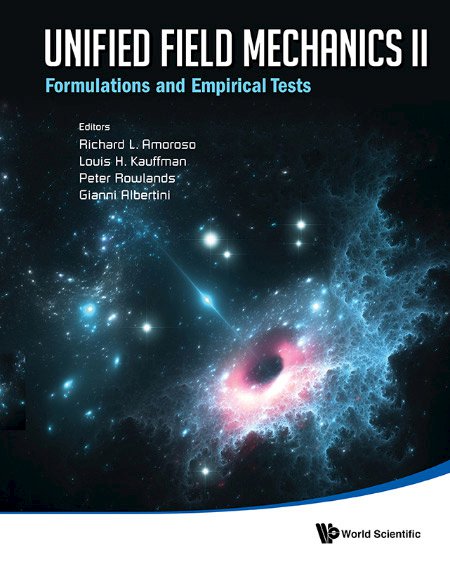P, C and T: Different Properties on the Kinematical Level
We study the discrete symmetries (P, C and T) on the kinematical level within the extended Poincaré Group. On the basis of the Silagadze research, we investigate the question of the definitions of the discrete symmetry operators both on the classical level, and in the secondary-quantization scheme. We study the physical contents within several bases: light-front formulation, helicity basis, angular momentum basis, and so on, on several practical examples. We analize problems in construction of the neutral particles in the the (1/2, 0) + (0, 1/2) representation, the (1, 0) + (0, 1) and the (1/2, 1/2) representations of the Lorentz Group. As well known, the photon has the quantum numbers 1−, so the (1, 0)+(0, 1) representation of the Lorentz group is relevant to its description. We have ambiguities in the definitions of the corresponding operators P, C, T, which lead to different physical consequences. It appears that the answers are connected with the helicity basis properties, and commutations/anticommutations of the corresponding operators, P, C, T, and C2, P2, (CP)2 properties.



